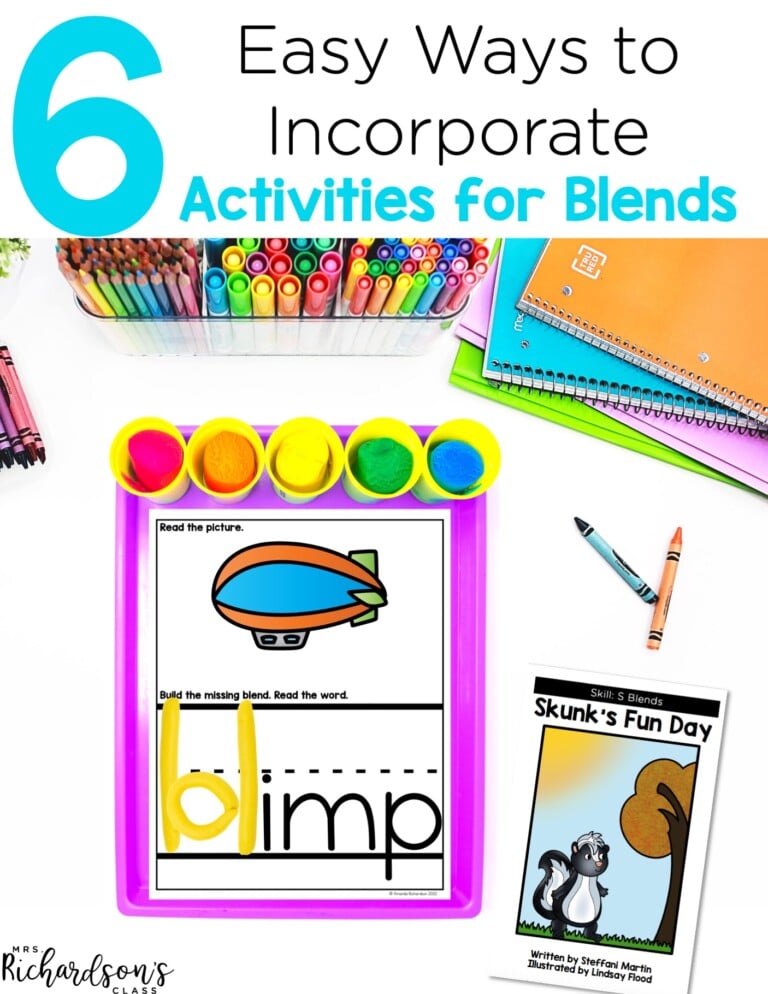


When it comes to the science of reading research, how do you feel? Do you want to learn more, but aren’t sure where to start? Do you feel like a rising expert, but need more ways to help your students master foundational reading and writing skills? Or maybe you’re somewhere in the middle and just need more ways to support your readers in a research-based way? One great place to start easily helping students strengthen reading and writing skills with research-backed activities is through science of reading centers.
Literacy centers that are based on the science of reading will not only be engaging for students, but they’ll make a positive impact on learning. We can help students develop solid foundational reading skills that will improve their decoding and comprehension skills.
Today I wanted to share ten of my favorite science of reading centers that are perfect for kindergarten and first grade. One big reason I love these is that you can keep the same routine for each center all year long so students always know what to do in the station and simply switch out the skills they’re working on.
Draw Its activities are always one of my students’ favorites! This is a great way to have students practice reading a picture, identifying whatever skill you are working on, and producing another picture with that skill. For example, with blends, students can read a word with a blend and draw a picture of something else with that same blend.
Next, you can include a literacy center for building letters and words that represent different sounds. For example, with CVC words, students can read a picture and build the letter that represents the medial sound with Play-Doh. For students working on the alphabet, they can practice tracing letters, saying the letters, and then building the letters.
Clip cards are another one of my go-to science of reading centers. Students love getting to play with clothespins as they work through their centers. You can use clip cards for just about any skill.
For syllables, students can count the syllables in a picture and clip the correct number of syllables. If you’re working on CVC words, students can read the picture and identify the medial sound. If students are practicing ending sounds, students can read the picture and clip the ending sound. The possibilities are endless!
My students always loved getting to use my “teacher tools” in the classroom! That’s why I always try to find activities for them to use the teacher tools whenever I can. For literacy centers, you can have students match different things in pocket charts.
For example, students can match picture cards that rhyme. Or if you’re working on syllables, students can sort pictures based on the number of syllables they have. Pocket chart matching activities can be done with just about any phonics skill!
Another great idea for science of reading centers is to incorporate puzzles. You can use puzzles for just about any phonics skill – ending sounds, beginning sounds, rhyming word, digraphs…the possibilities are endless! If you’d like to check students’ work, you can include blank pages for students to draw three of the puzzles they put together.
If you have students who enjoy coloring, color by __ centers are a great option! Students can hunt for pictures with a specific phonics skill (letter, blend, digraph, rhyming words, words with two syllables, etc.) and color the picture’s space accordingly. These work great not only in literacy centers, but also for morning work and early finishers activities.
Another literacy center that’s always a hit is a book making center. There are so many different options you can choose for this type of center. If you’re trying to help your readers develop strong phonics skills, you can use a book making center to have students practice reading, matching, and identifying different skills like digraphs.
Another great center to help students practice specific phonics skills is word mats. Students can read a picture, build the word, and then write the word. You can use magnetic letters, letter tiles, wiki stix…any literacy manipulative you want! You can have students write the words they built if you want a way to check their work after centers.
Another great way to integrate the science of reading research into literacy centers is through games! I love having gameboard-style games for literacy centers so that students always know the gist of how to play the game.
Another game option for the science of reading literacy centers is a spin and cover game. You can easily switch out the skill students are practicing over time or even for different groups of students to differentiate. I love using games that students will know how to play and just changing out the skill. It makes prepping super simple!
Are you ready to bring the science of reading research into your classroom? Do you want low-prep centers to help save you time each week planning? I have sets of Science of Reading Literacy Centers that help reinforce skills like rhyming, alphabetic knowledge, syllables, digraphs, and more!
You can get each set individually or snag the Science of Reading Centers Bundle to save!
Here are each of the skills covered:
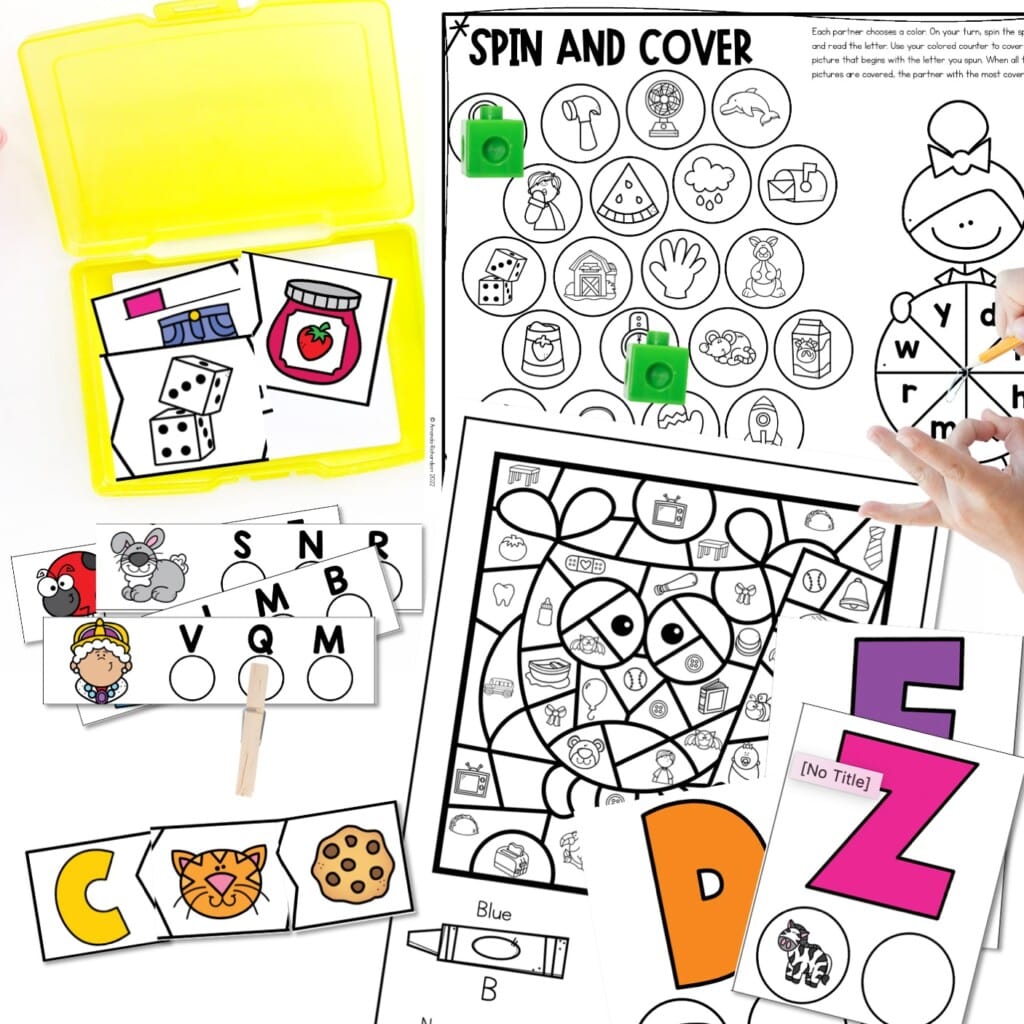
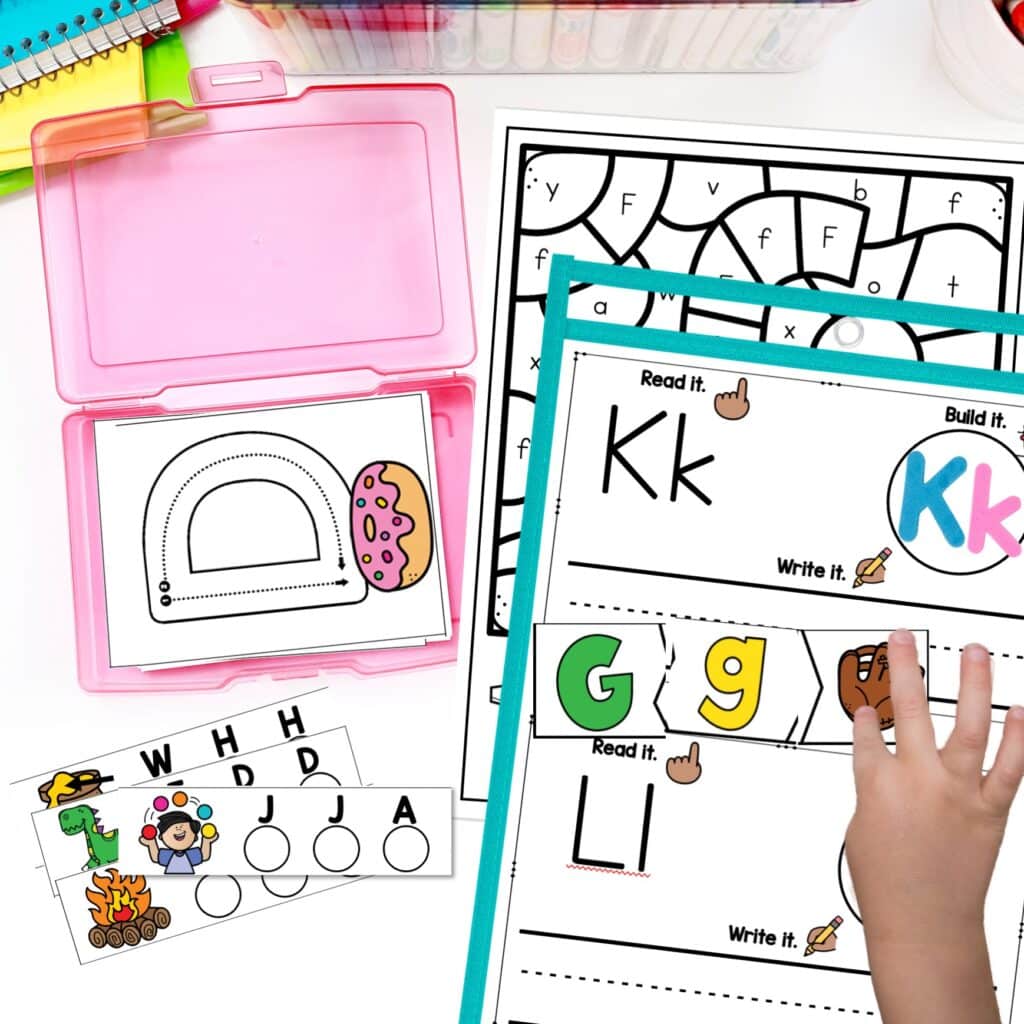
You’ll keep students engaged in purposeful activities that help build a solid foundation while you are using your science of reading small group curriculum to meet readers where they are.

Want to use the latest research to boost your readers during small groups? This FREE guide is packed with engaging ideas to help them grow!

I’m a K-1 teacher who is passionate about making lessons your students love and that are easy to implement for teachers. Helping teachers like you navigate their way through their literacy block brings me great joy. I am a lifelong learner who loves staying on top of current literacy learning and practices. Here, you’ll find the tools you need to move your K-2 students forward!


| Cookie | Duration | Description |
|---|---|---|
| cookielawinfo-checkbox-analytics | 11 months | This cookie is set by GDPR Cookie Consent plugin. The cookie is used to store the user consent for the cookies in the category "Analytics". |
| cookielawinfo-checkbox-functional | 11 months | The cookie is set by GDPR cookie consent to record the user consent for the cookies in the category "Functional". |
| cookielawinfo-checkbox-necessary | 11 months | This cookie is set by GDPR Cookie Consent plugin. The cookies is used to store the user consent for the cookies in the category "Necessary". |
| cookielawinfo-checkbox-others | 11 months | This cookie is set by GDPR Cookie Consent plugin. The cookie is used to store the user consent for the cookies in the category "Other. |
| cookielawinfo-checkbox-performance | 11 months | This cookie is set by GDPR Cookie Consent plugin. The cookie is used to store the user consent for the cookies in the category "Performance". |
| viewed_cookie_policy | 11 months | The cookie is set by the GDPR Cookie Consent plugin and is used to store whether or not user has consented to the use of cookies. It does not store any personal data. |
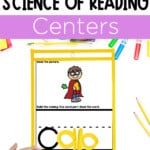
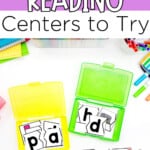
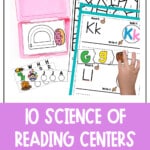
2 Responses
I am going to purchase these, but I am wondering how you store them? Do you have a post on this?
Hi Becki! It really depends on the station and how I had it set up in my classroom, but for my own purposes, I liked to put each station prepped in a gallow ziploc baggie and then all the same skill (vowel teams, CVCe words, etc.) in a flat tub that stacks easily. Usually a 12×12 scrapbook tub from Michaels. (Use your teacher discount and their app coupons!!) Let me know if you have any other questions. A blog post showing all of this would be helpful for sure! Adding it to my list!